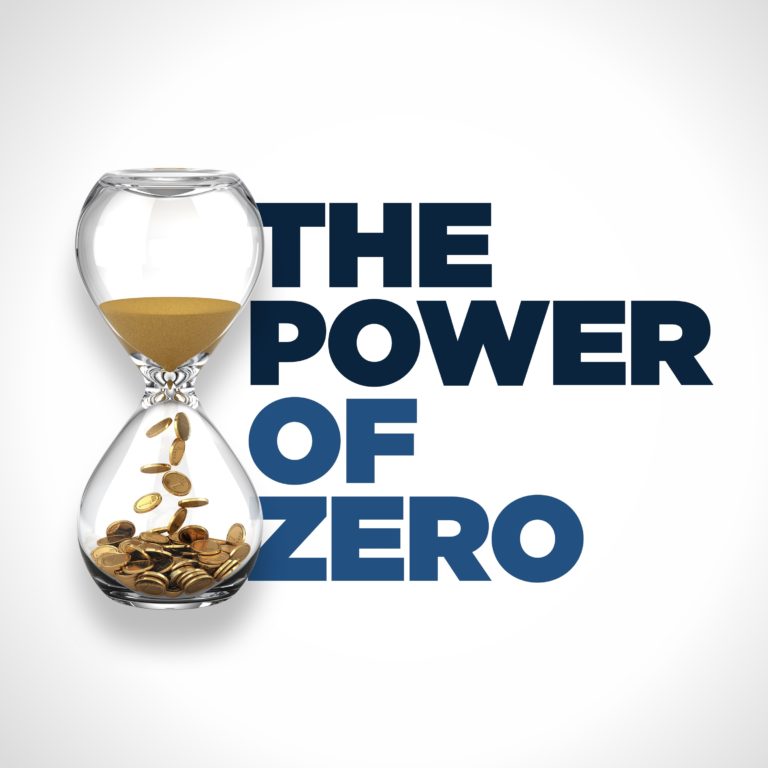There are 12 basic principles that make up the Grand Unified Theory when it comes to retirement planning.
The first section tackles mitigating longevity risk. We know there are two basic ways to mitigate longevity risk, the first simply being to save up enough money.
If you save enough money you can weather all the ups and downs of the stock market. Historically, there has been a 4% Rule that makes the calculation simple. More recently the rule has been revised. The new 3% Rule is more common. If you need $100,000 per year in retirement the 3% Rule says you need $3.33 million to successfully mitigate longevity risk.
This is a very expensive way to mitigate longevity risk but it can be done. A better option is an income annuity. The number one principle is to mitigate longevity risk with an income annuity and not by way of the stock market.
The second principle is to only use the income annuity to cover certain expenses, essentially your basic lifestyle needs. You just need to cover simple lifestyle needs because other vehicles are better suited to other expenses.
The money that doesn’t go into the annuity needs to be grown and compounded in another part of your portfolio. The third principle is that your annuity has to have four qualities that you absolutely must have before you commit.
It must have a guaranteed lifetime income feature and is designed to last as long as you do. It must have inflation protection because without that inflation could erode your value and leave you looking at a shortfall.
Your annuity should also have liquidity in the years prior to electing that guaranteed lifetime income feature. Not all annuities have liquidity which can give people a sense of heartburn in the case where they need that money.
That last component is a death benefit feature. Without this, there is the potential for the annuity to be the worst investment you’ve ever made. With the death benefit feature, in the case that you die earlier than expected at least, your beneficiaries will get the portion that wasn’t spent.
Once your lifetime expenses are covered by your annuity, you need to look at the rest of your portfolio. There are two types of discretionary needs, emergency expenses, and aspirational expenses, and they will pop up over the course of your retirement and you have to have the ability to grow your money productively to take care of them.
You will have two pools of money to draw from to cover those expenses, the first is your stock market portfolio and the second is your LIRP.
The rule of thumb is to draw money from your LIRP during down years in the market during the first 11 years, but when the market is up you are simply harvesting the profits from your portfolio. Never withdraw assets from your stock market portfolio following a down year in the market.
If you are planning on having an annuity to cover your lifestyle expenses in retirement, you need to draw that money from your tax-free bucket. The idea that annuities are only tax-deferred is a misconception. You should be using piecemeal internal Roth conversions to convert your IRA to a Roth IRA, taking however much time you need to stay in a low tax bracket.
This is very important because if you draw that guaranteed lifetime income from your tax-deferred bucket, it will always be taxable. As tax rates go up, the amount you get to keep goes down. It can also lead to social security taxation and running out of money ten to twelve years faster.
The last principle is to make sure your LIRP has a chronic illness rider. In retirement, one of the things that can really upset your financial position is a long term care event. A chronic illness rider gives you the ability to spend your death benefit for the purpose of paying for long term care.
A quick summary of the first six principles of the Grand Unified Theory on a happy retirement.



